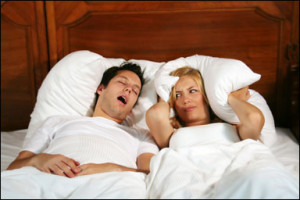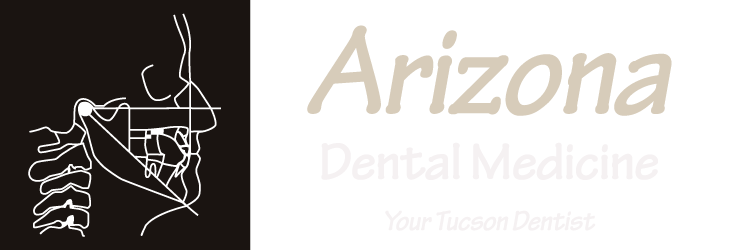 Did you know that one third of the population snores? This is more that 90 million people at risk for a serious, life threatening disorder that can be masked by the sound of snoring.
Did you know that one third of the population snores? This is more that 90 million people at risk for a serious, life threatening disorder that can be masked by the sound of snoring.
Snoring is a phenomenon relating to the collapse of the pharyngeal airway space (throat) due to the relaxation of the throat muscles making the airway space smaller. These relaxed soft tissues vibrate in the back of the throat causing breathing to be noisy and interpreted as snoring.
One of the contributing factors to this collapse is a lack of firmness in the ligaments associated with mandibular (jaw) posturing. Consequently, during sleep, the jaw may fall back displacing the tongue into the airway space. People that have a TMJ Disorder or Dysfunction are at an increased risk for sleep disordered breathing. Inadequate occlusion (bite) associated with a TM disorder, excessive weight and/or tissue growths within the airway space are all contributing factors. Additionally, collapse of the airway space may result from excess fatty tissue associated with obesity, and inflammation of the throat tissue due to alcohol and tobacco consumption.
Progression of this disorder can lead to further collapse of the airway space resulting in a sleep disordered breathing condition known as obstructive sleep apnea. Obstructive sleep apnea is linked to a myriad of serious systemic conditions including, but not limited to, stroke and death.
If you suspect you have sleep apnea your first step is to contact your medical or dental sleep doctor.
After seeing a medical or dental sleep doctor, a referral may be provided to a sleep specialist for a polysomnogram (Attended Sleep Study). A diagnosis of mild to moderate sleep apnea suggests a treatment protocol of a dental mandibular repositioning appliance as opposed to a Continuous Positive Airway Pressure (CPAP) device used for moderate to severe sleep apnea. An anti-snoring oral device is only indicated when obstructive sleep apnea has been ruled out by the medical sleep specialist.
Mandibular repositioning appliances are the most conservative and non-invasive form of treatment. They have a very high success rate (90+%)when worn as directed. CPAP has a 100% success rate when used as directed. Unfortunately, CPAP intolerance is high due to a myriad of reasons from clostrophobia to TM Joint pain.
Surgical procedures are usually the last line of intervention. The one year success rate is approximately 50%.
At Arizona Dental Medicine we partner with medical sleep specialists for the diagnosis and treatment recommendations. Medical sleep specialists in turn partner with us by providing prescriptions for mandibular repositioning appliances. Call us today if you suspect that you may have this potentially life threatening disorder. 520-297-9069

